Happy Flag Day!
On June 14, 1777, Continental Congress adopted the Stars and Stripes as the flag of the United States. Over time, this date became known as Flag Day, with it becoming an official national event in 1949.

On June 14, 1777, Continental Congress adopted the Stars and Stripes as the flag of the United States. Over time, this date became known as Flag Day, with it becoming an official national event in 1949.
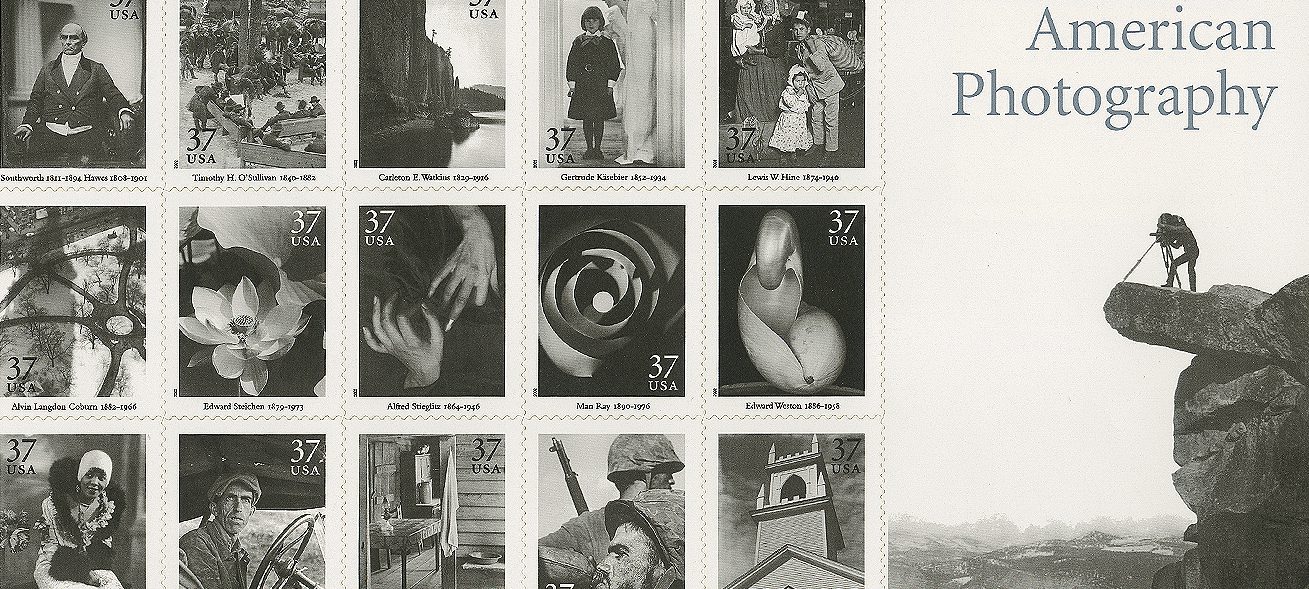
On June 13, 2002, the USPS issued the final sheet in the Classic Collection Series. The popular series ran for 6 years and included 11 stamp sheets, including one of the most famous stamp errors of modern history.
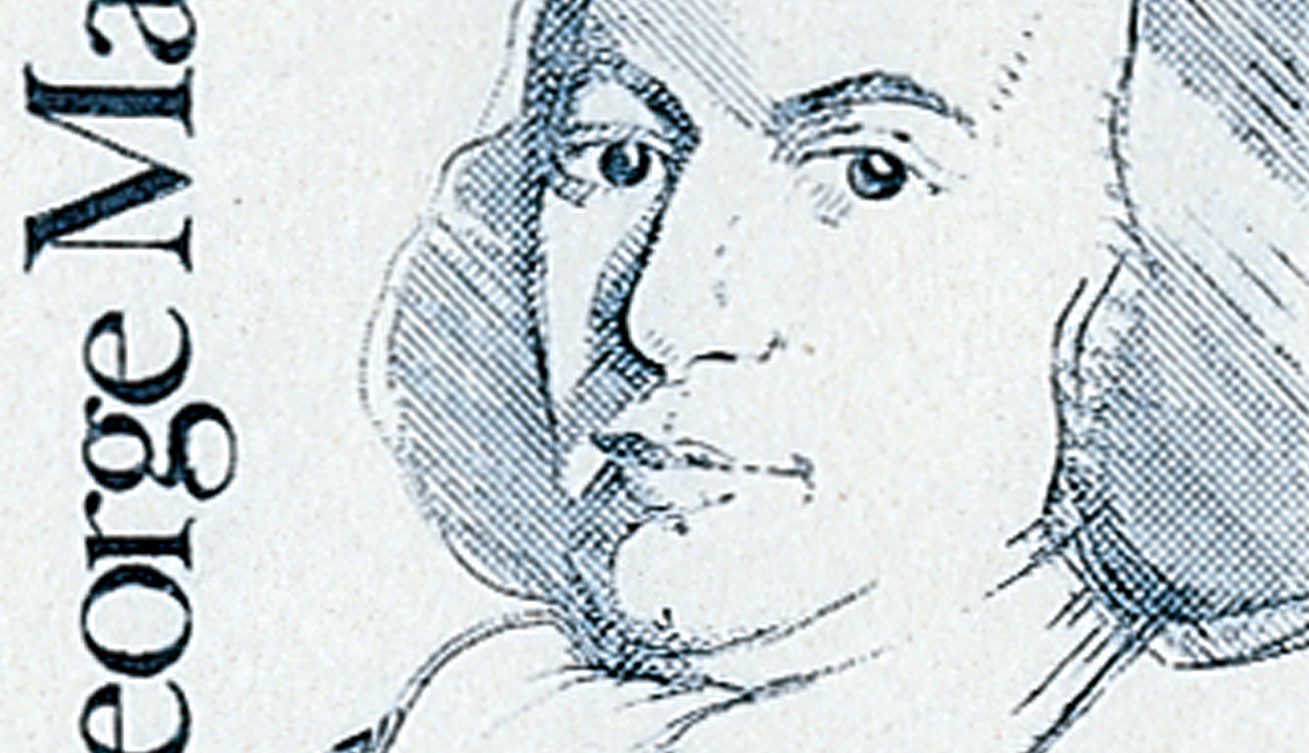
On June 12, 1776, the Fifth Virginia Convention unanimously ratified the Virginia Declaration of Rights. It provided inspiration for other notable documents, including the Declaration of Independence and the Bill of Rights.
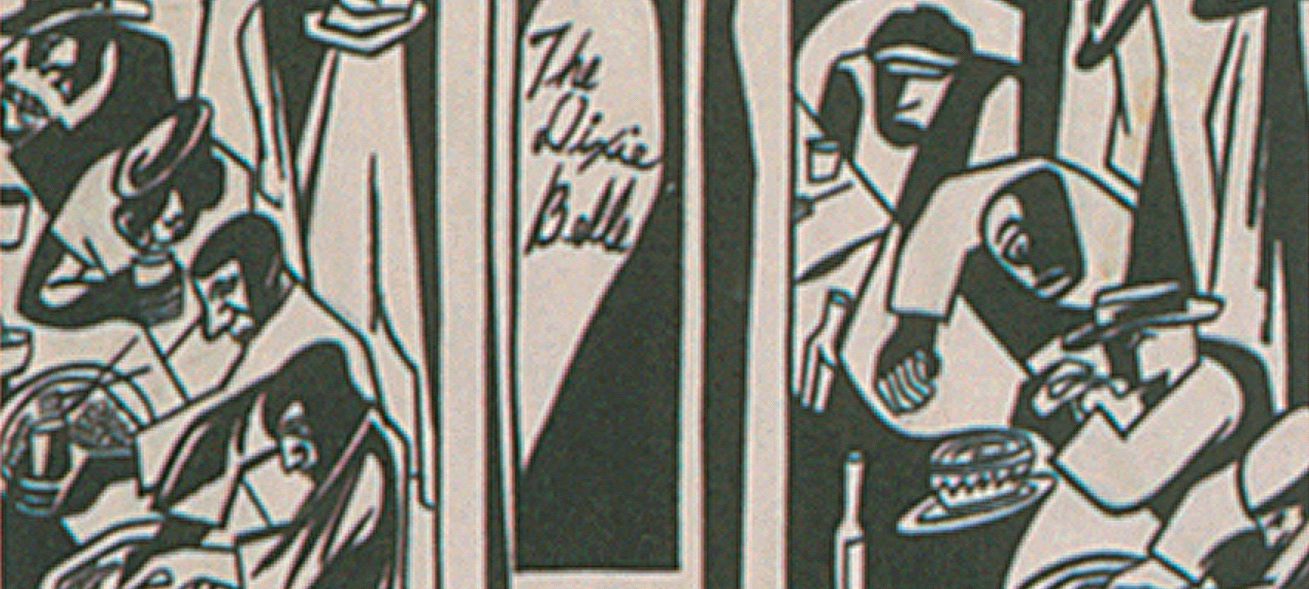
On June 11, 1963, President John F. Kennedy delivered a television and radio address calling for the Civil Rights Act of 1964.
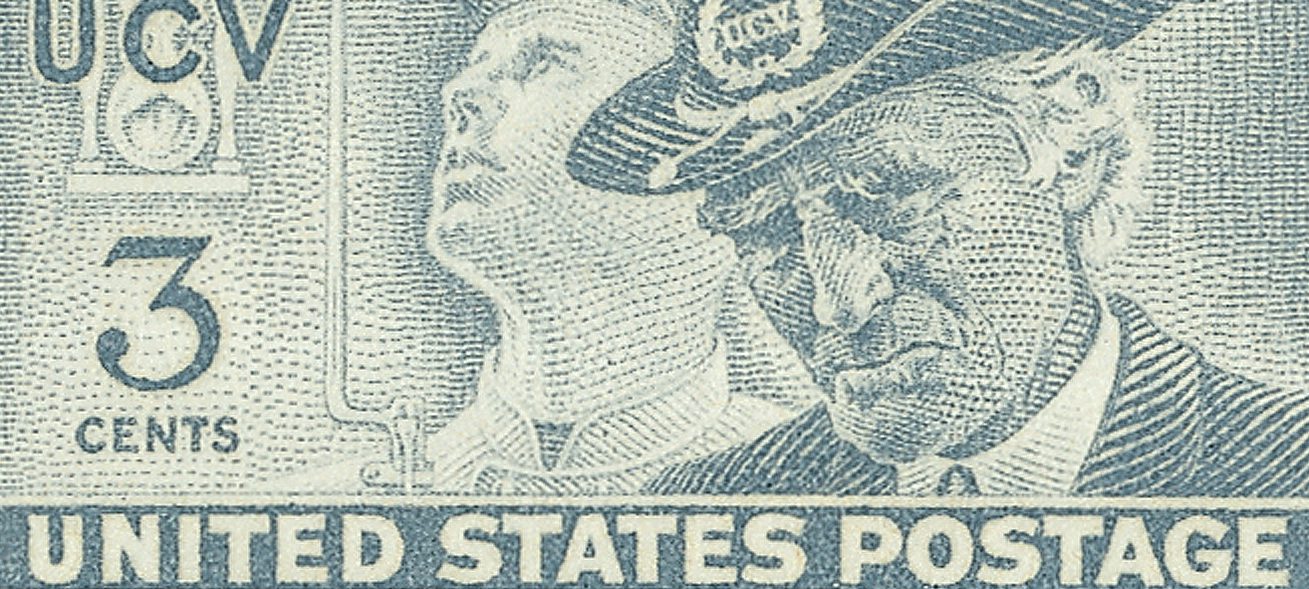
On June 10, 1889, the United Confederate Veterans (UCV) was founded in New Orleans.
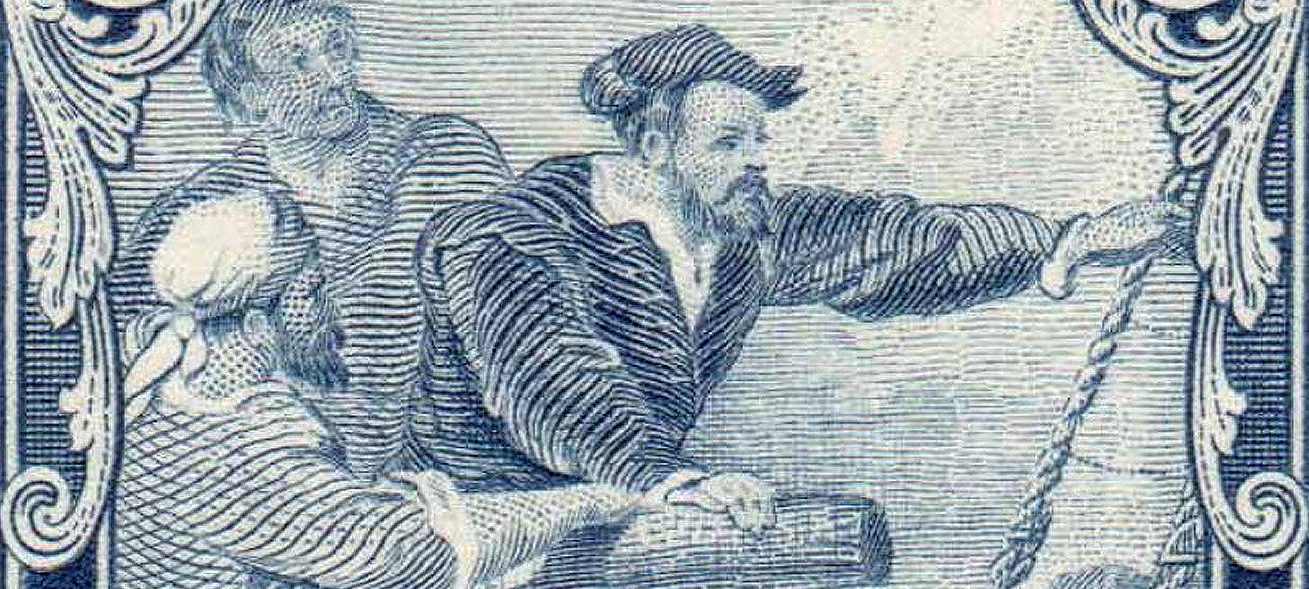
On June 9, 1534, Jacques Cartier became the first European explorer to travel the St. Lawrence River.
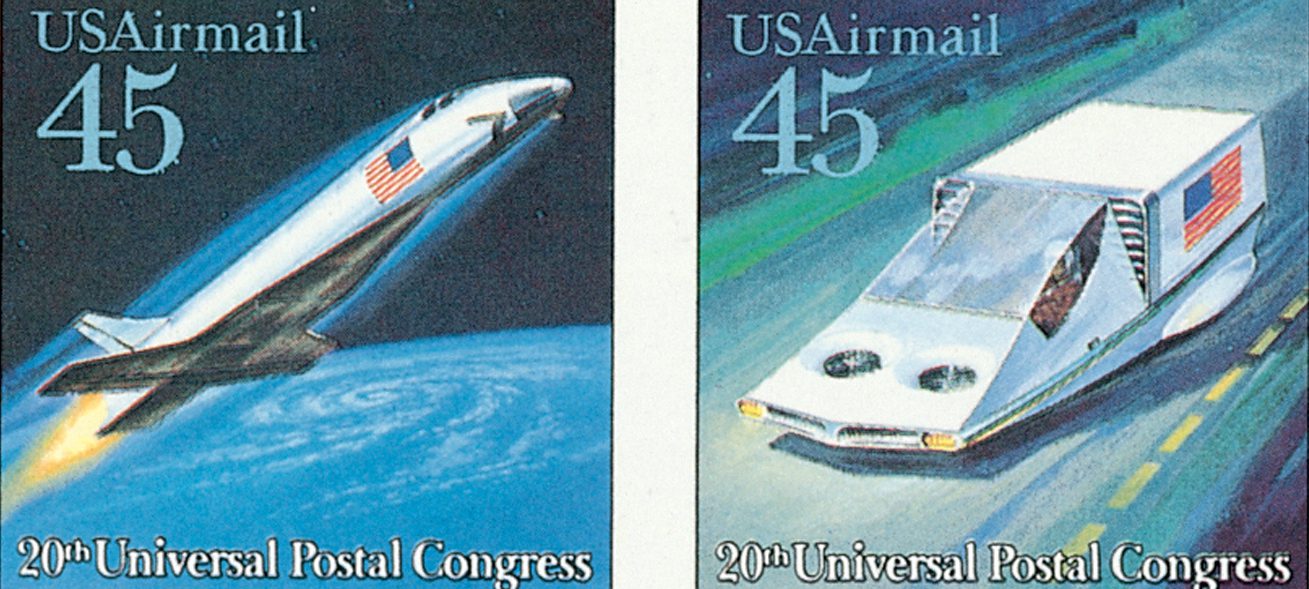
On June 8, 1959, the US Post Office Department launched its experimental missile mail in an attempt to find a faster method of mail delivery.
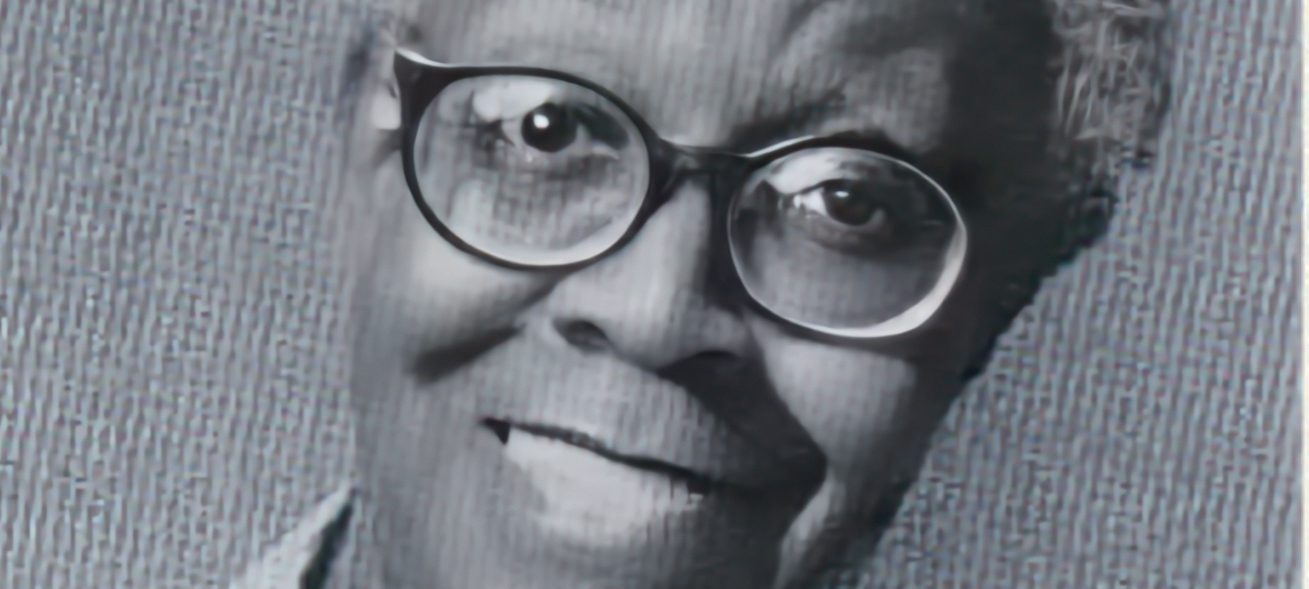
Poet, author, and teacher Gwendolyn Brooks was born on June 7, 1917, in Topeka, Kansas. The poet laureate of Illinois, she was the first Black American writer to win the Pulitzer Prize for Poetry.
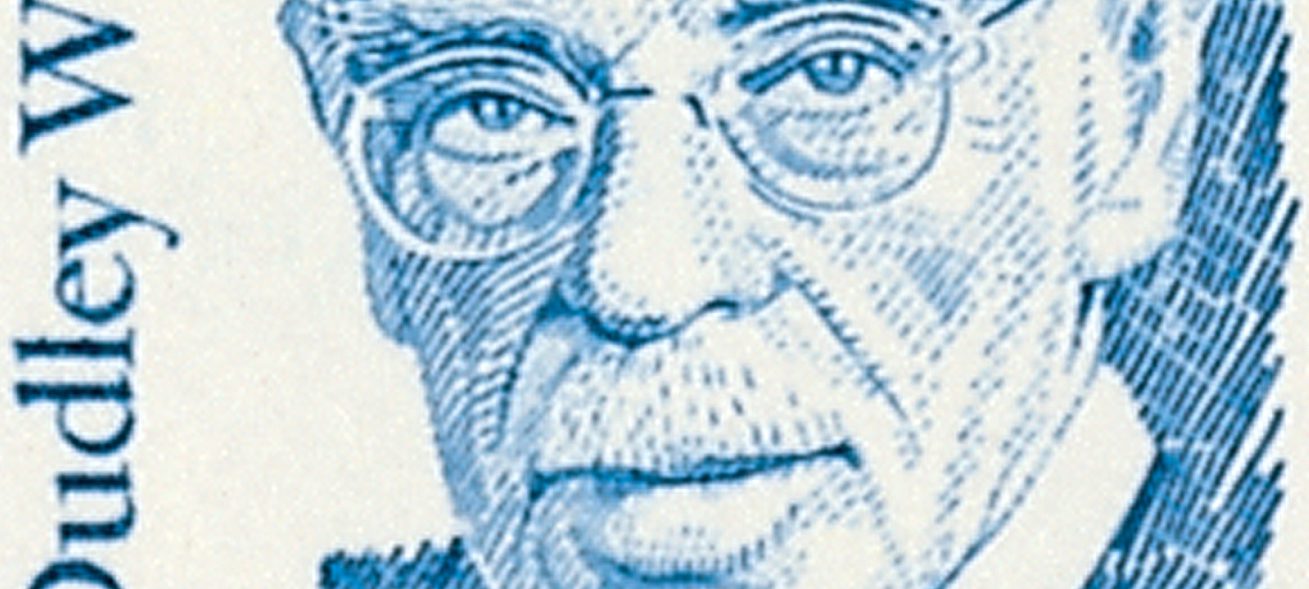
Doctor Paul Dudley White was born on June 6, 1886, in Roxbury, Massachusetts. Often considered the founder of preventive cardiology, he helped to found the American Heart Association and later served as its president.